




In 1989, I was living in New York, working for Vanity Fair, covering high-society parties in Manhattan, occasionally the Hamptons and Washington. Very occasionally, the magazine would send me to cover parties in Los Angeles. The first time I arrived at LAX, I was dropped off by bus to a white Oldsmobile with a small-printed Avis map to find my way around. As I drove out of the airport, there was a modern, chemical smell in the air until I reached Santa Monica, where I stayed for one night at an art deco hotel called the Shangri-La. There was a cool, salty breeze from the ocean across the road. I liked the light and the walkable streets. It was a treat to be there, although I couldn’t help noticing the homeless people on the boardwalk.
The party itself was in the hills above Hollywood, at the home of the art collector Billy McCarty-Cooper. I was nervous approaching, as houses nearby had signs saying ‘armed guards’. What if I had the wrong address? Fortunately, as it turned out, I had come to the right house. There was a cinematic view of downtown LA in the distance, a Picasso on the wall and a swimming pool that began inside the house and continued outside. The party was styled by Michael Howells, the late English set designer, assisted by Kitty Arden – they’d travelled over for a couple of weeks to build the set. One party guest insisted photography must be my side-job and assumed I was an actor.
On that first visit to Santa Monica, I went for a bite at a nearby diner and ran into some friends of Tony Hickox, who I knew from the English party world. Despite being 5,500 miles away, there were quite a few familiar faces from the Chelsea and London party scenes now living here in LA. Juliette Hohnen was one of them. I first got to know Juliette when she was a popular London debutante. By 1992, she was living in Hollywood, working as a presenter for MTV. Also, Lord Alexander Rufus-Isaacs who I’d photographed when he’d attempted to drive a double-decker bus down
the ski slope in St Moritz in a Dangerous Sports Club race. He had moved to LA to work as an entertainment lawyer.
Those first parties in California were similar to parties I’d photographed in England, but that was soon to change with my trip to the Academy Awards. Editor Richard Buckley told me that the Oscars were the closest America came to a national coming together. He said they were almost like a royal event in England. He was right – it felt like a national celebration.
The party everyone wanted to go to and be seen at was literary agent Irving (Swifty) Lazar’s Oscar-night party at Spago’s. A crowd of fans and media gathered outside, while in the fairly small restaurant (just two rooms), guests like Rupert Murdoch, Ahmet Ertegun, Elizabeth Taylor, Barry Diller, Warren Beatty and Jack Nicholson mingled. Swifty was tiny but had a formidable character. In 1993, the second time I covered his party, he was marching around shepherding guests. He left the main dining room constantly to examine the remaining place cards at the entrance to check out who had the nerve to miss his big event. He poked me quite hard with his cane to try to encourage my picture taking and was accompanied by a tall, expressionless bodyguard, who stuck right by him the whole time. But it turned out to be his last party – Swifty died not long afterwards.
So, on Oscar night 1994, there was a gap – an opening for a new party. The recently appointed editor of Vanity Fair, Graydon Carter, had been a guest at Swifty’s last party. Perhaps having seen its success, he decided to hold his own: the Vanity Fair Oscar party. That first year, the party was shared with a Hollywood film producer, Steve Tisch. Starting around 6 p.m., there was a smaller group of 150 or so guests eating dinner while watching the show on large television sets. The number of guests was probably


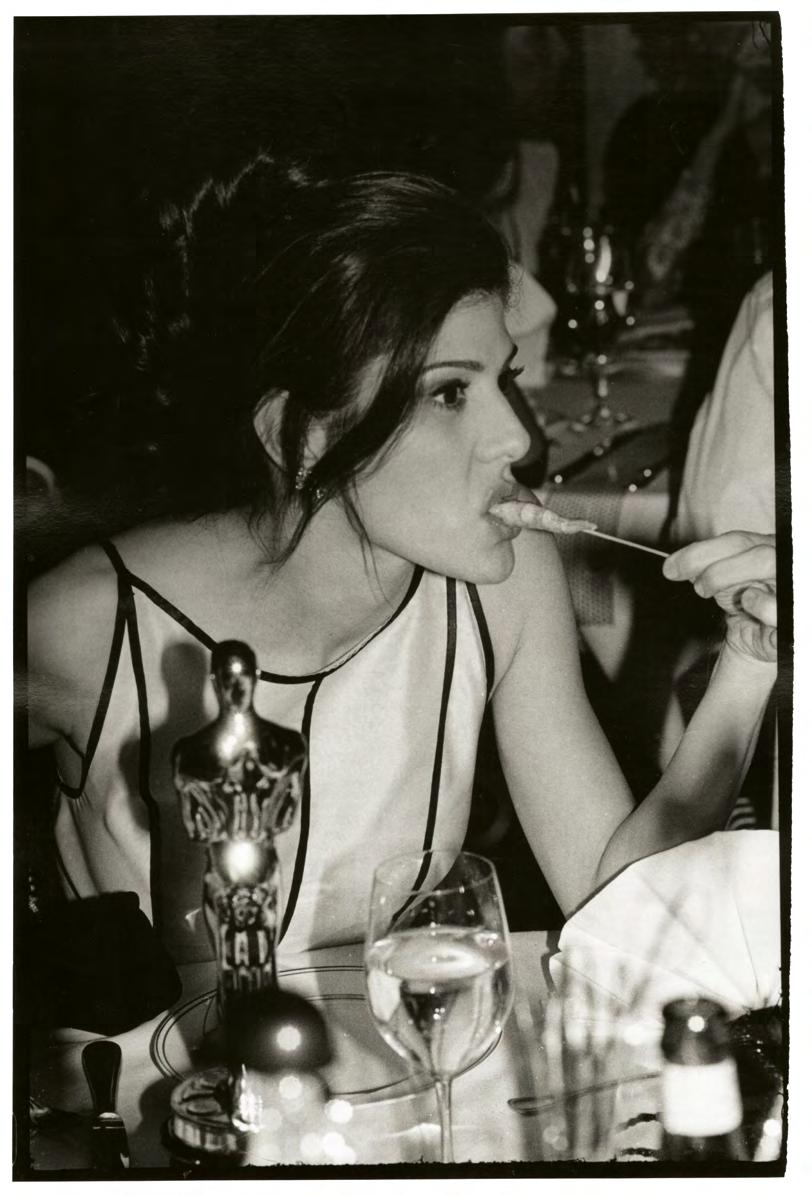
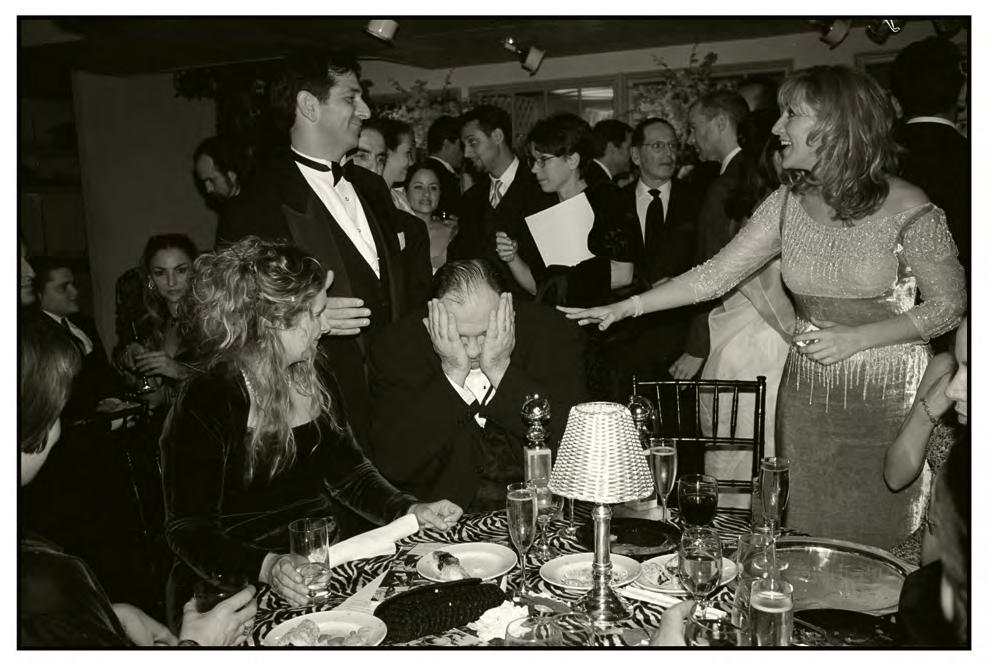
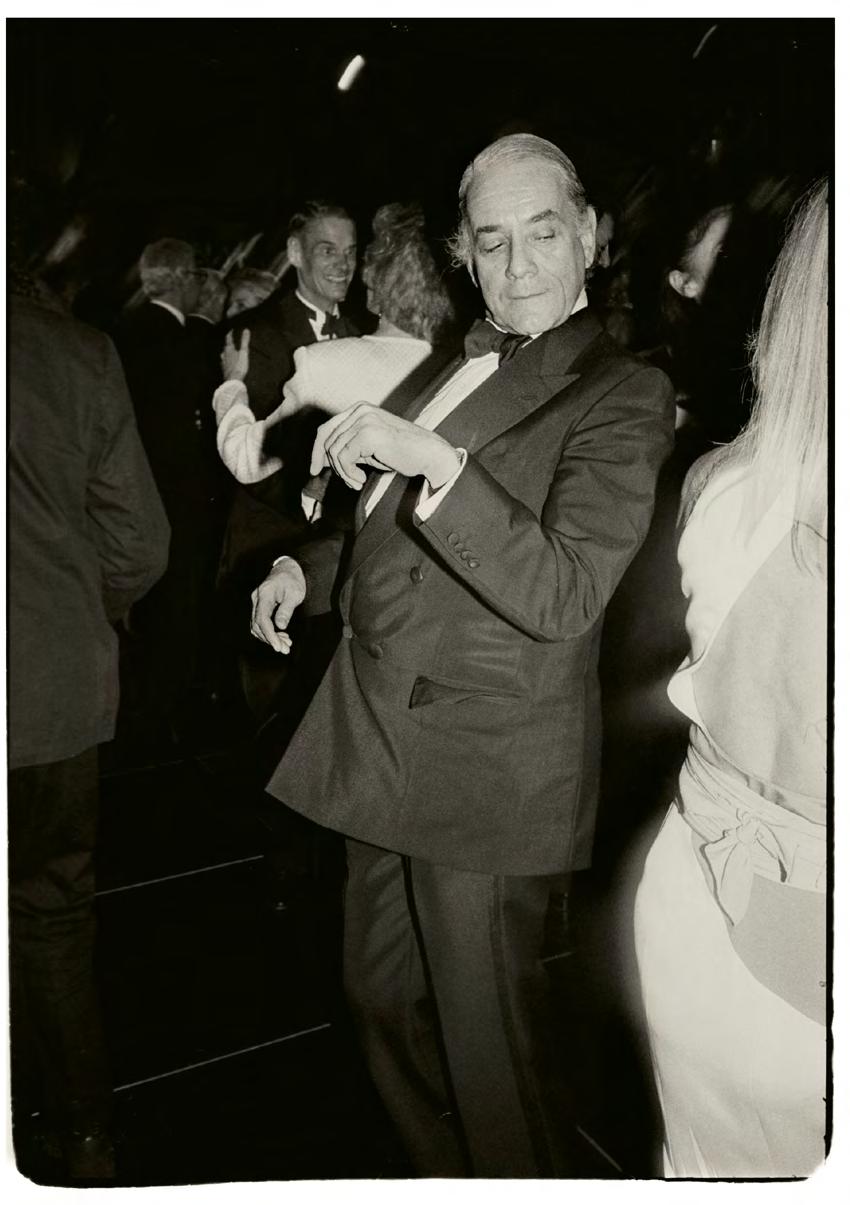

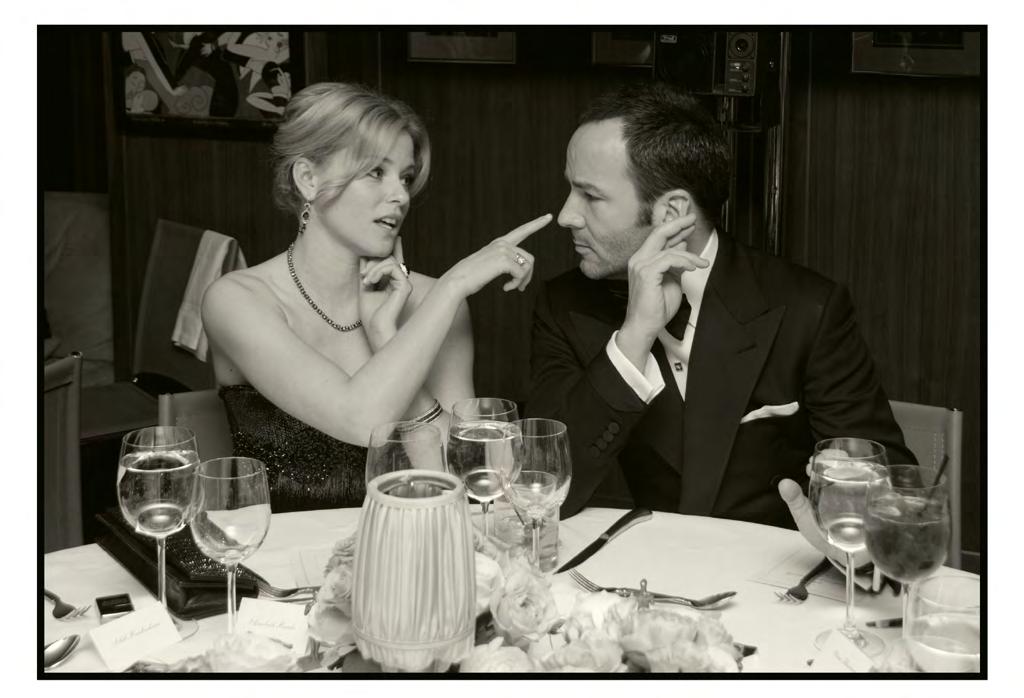
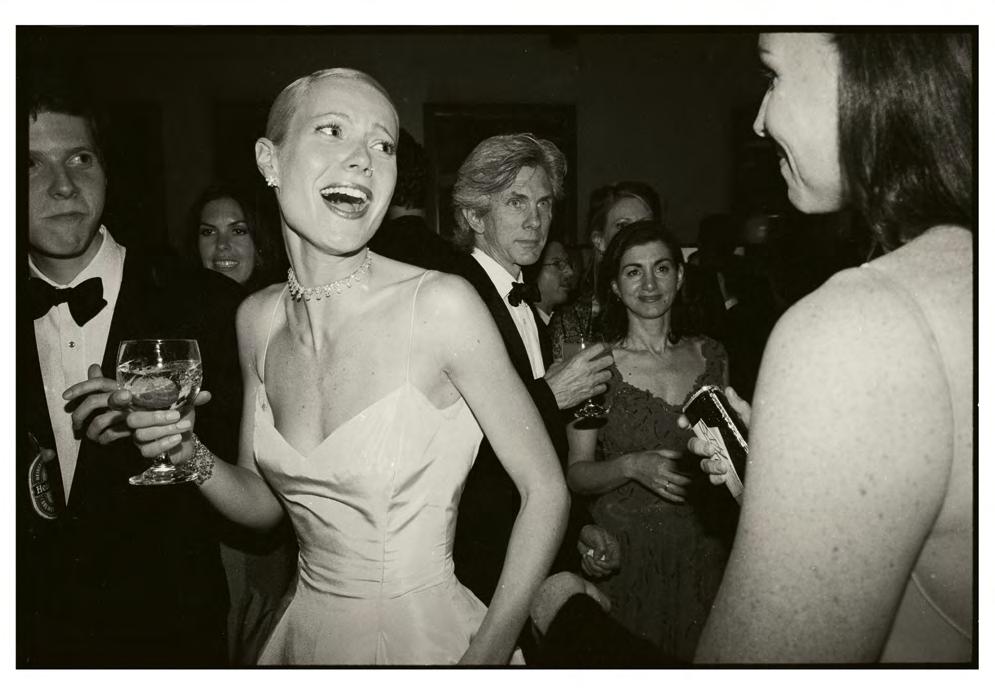
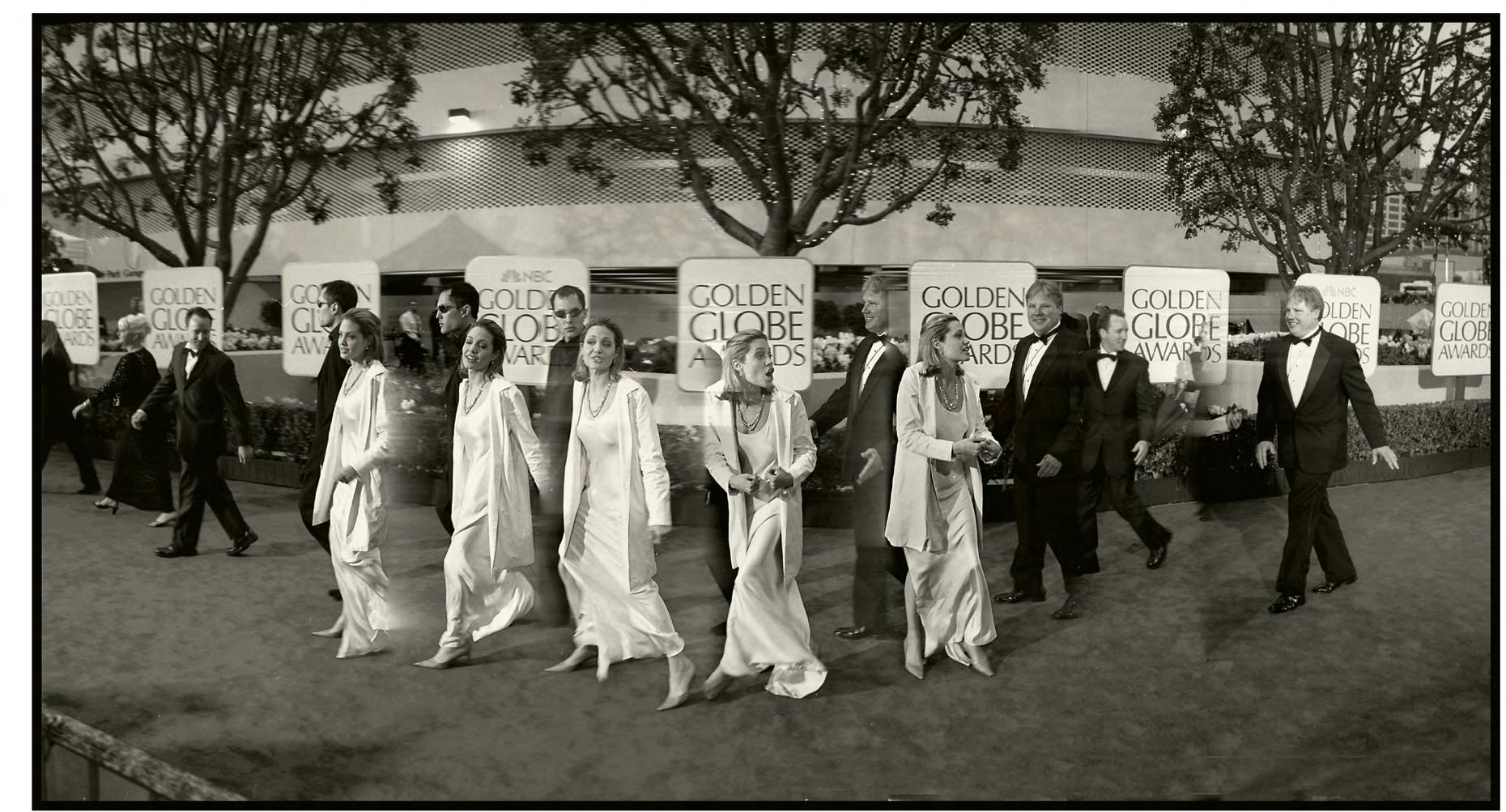


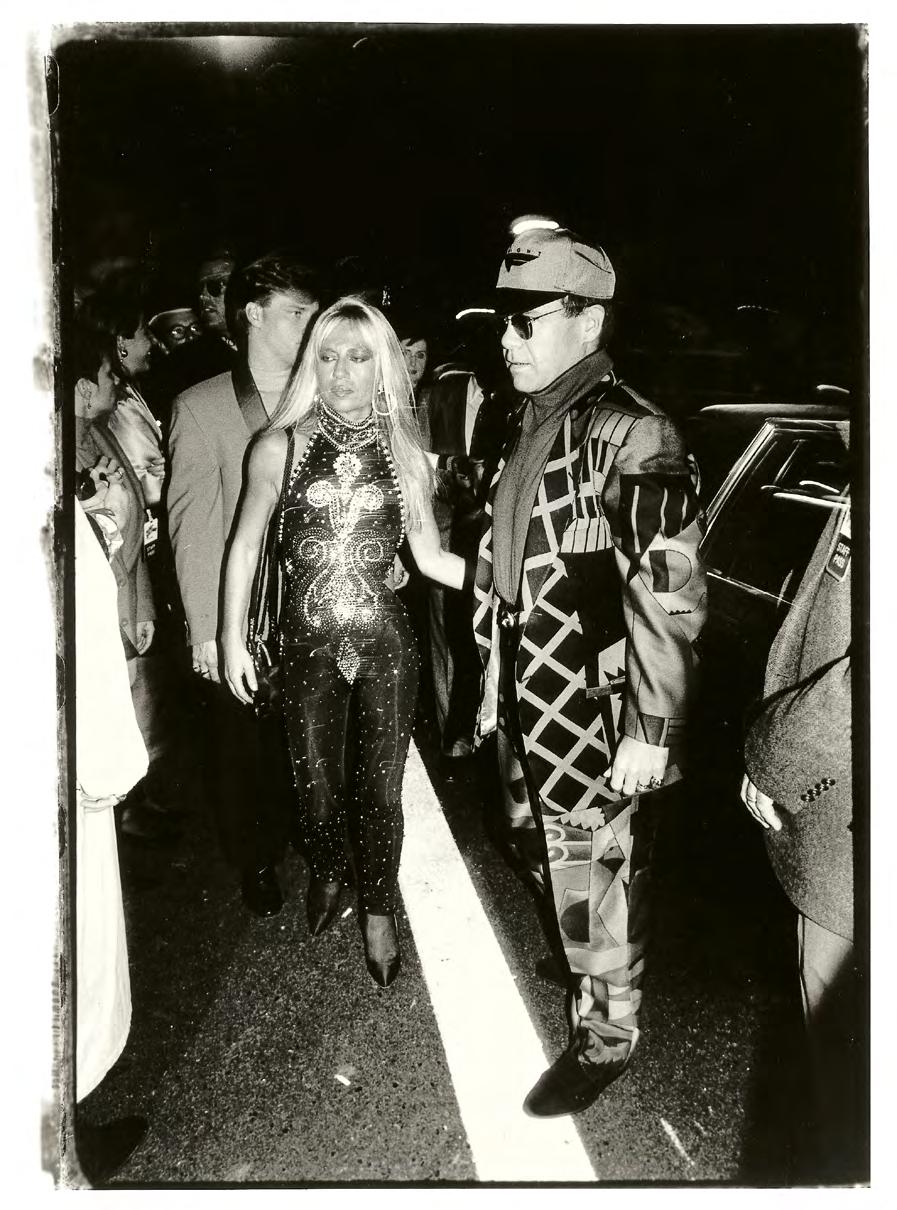
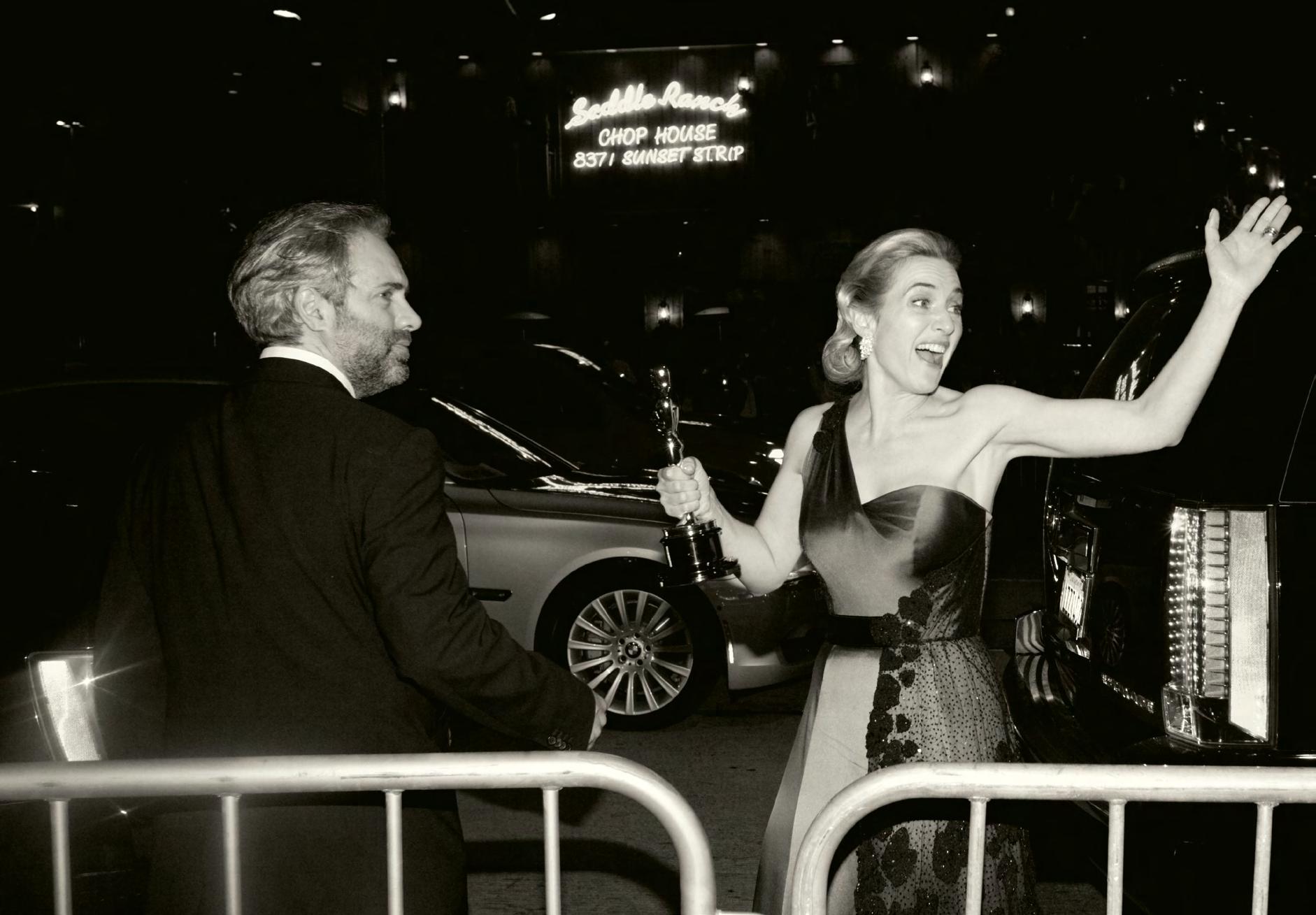






From private events in the Hollywood Hills to Oscar-night parties, Awards ceremonies and more, Dafydd Jones turned his lens on Hollywood with all his usual impudence.
Intimate, yet unintrusive. [Dafydd] was capturing what James Stewart used to call ‘little moments’, or ‘pieces of time’. Baz Bamigboye